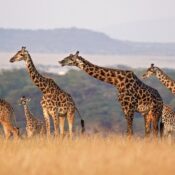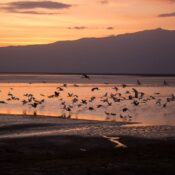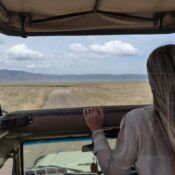Is the Great Migration Worth It? Decoding the Best (and Worst) Times to Visit Serengeti
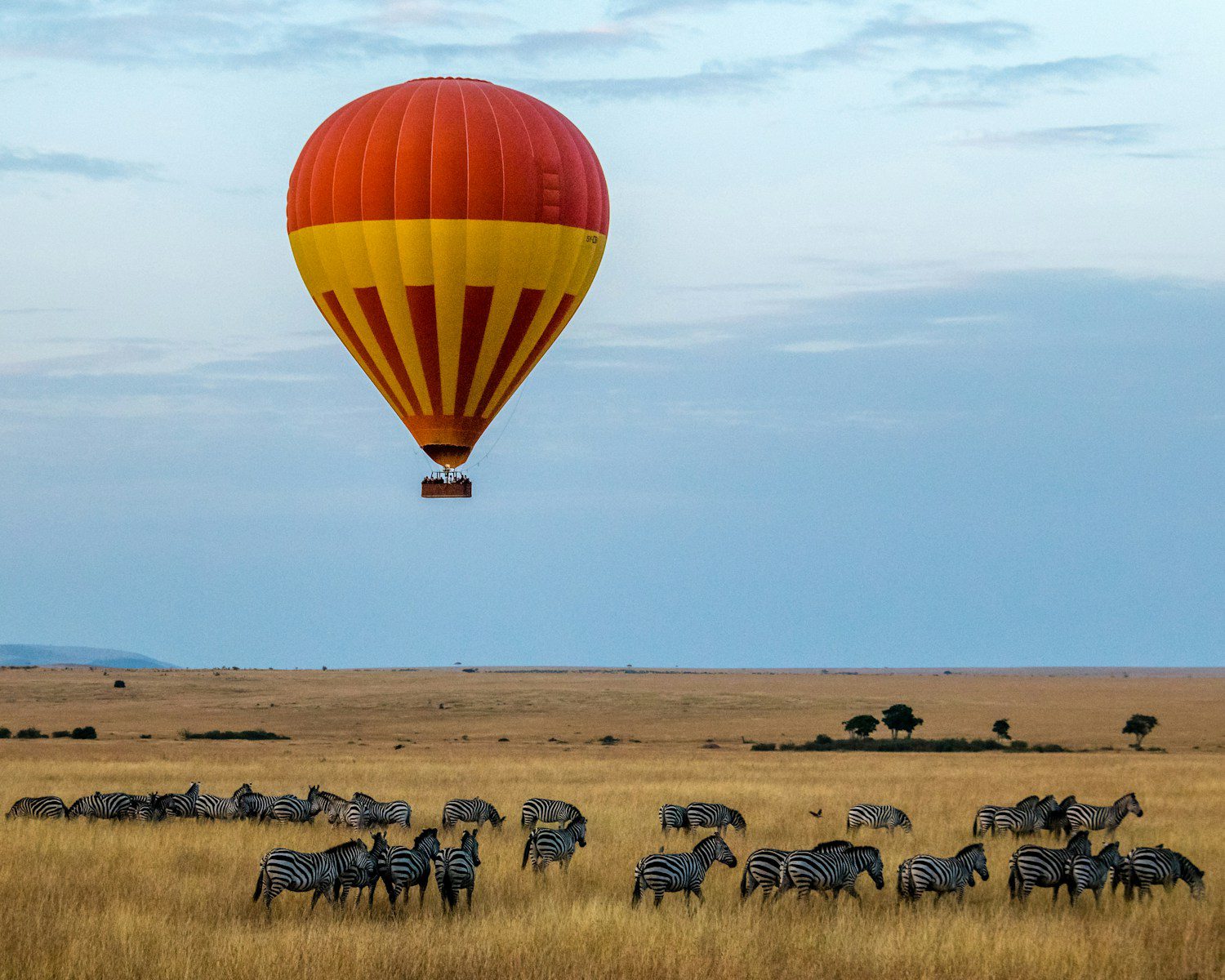
Is the Great Migration Worth It? Decoding the Best (and Worst) Times to Visit Serengeti
The Serengeti’s Great Migration is nature’s most epic drama—a relentless, year-long journey of over 1.5 million wildebeest, 300,000 zebras, and countless gazelles marching across East Africa’s plains in an ancient survival cycle. This living river of animals stretches farther than the eye can see, kicking up dust storms visible from space while creating a feeding frenzy for lions, cheetahs, and Nile crocodiles lying in wait.
Table of Contents
National Geographic documentaries have turned river crossings into legendary scenes, where panicked wildebeest leap blindly into crocodile-infested waters as safari trucks line the banks. It’s no wonder this spectacle tops bucket lists—but between the $1,000/night lodges, seasonal crowds, and the migration’s unpredictability, many travelers wonder: Is the Great Migration truly worth the investment, or is it an overrated safari experience?
The answer isn’t simple. For some, witnessing a river crossing becomes their most profound wildlife encounter; others regret the premium prices and circus-like atmosphere. This guide strips away the romanticism to reveal what the migration actually delivers—when to go, where to stay, and crucially, when to skip it entirely for a better Serengeti experience.
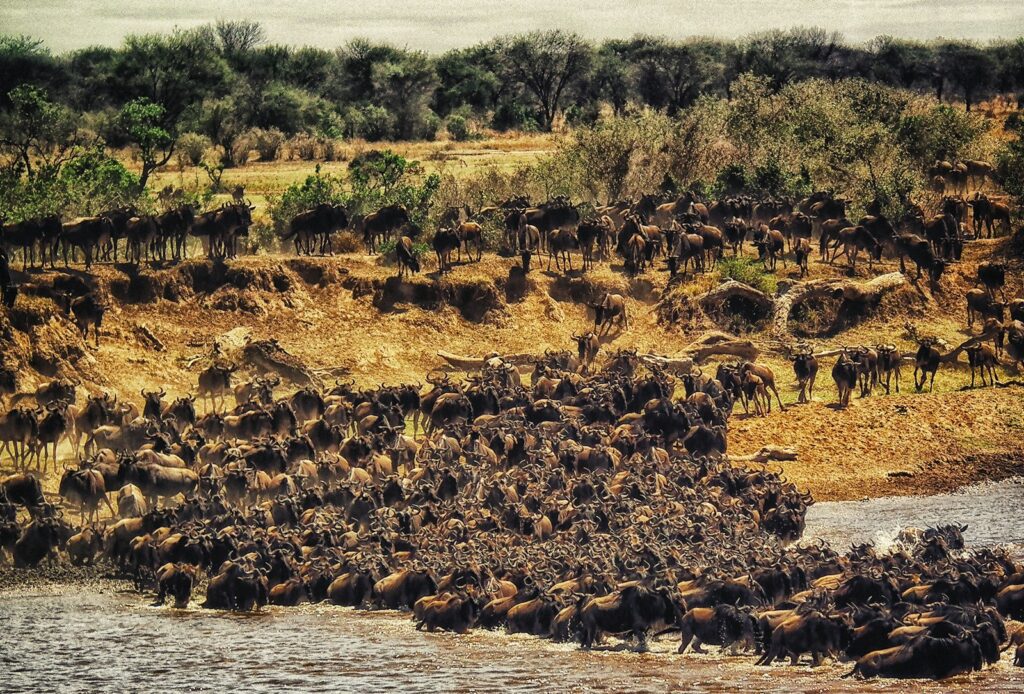
The Great Migration’s Irresistible Allure
Nature’s Most Staggering Wildlife Event
No other movement of animals on Earth compares in scale. Imagine standing on a kopje (rock outcrop) as columns of wildebeest surge past for hours—their grunts and hoofbeats vibrating through the ground. Unlike static wildlife sightings, the migration is a kinetic, ever-changing event where predators alter strategies daily. In the wet season, calves take their first steps under lion-stalked skies; by dry season, desperate herds gamble their lives at river crossings.
The Mara River Crossings: Worth the Hype?
The migration’s most photographed moments occur when herds bottleneck at the Mara River’s steep banks. Crocodiles that haven’t eaten in months lurk below while wildebeest hesitate—then chaos erupts as hundreds plunge in. It’s visceral, raw, and emotionally charged. But there’s a catch: Timing is everything. Miss the crossing by a day, and you’ll see only empty riverbeds. Arrive during peak season (July–October), and you may share the sighting with 50+ vehicles.
Predator Action Unmatched
Where the migration goes, predators follow. The Serengeti’s big cats grow fat during calving season (February), when newborns slow the herds. By dry season, lions ambush thirsty wildebeest at dwindling waterholes. Unlike parks where predators laze in shade, here they’re in constant motion—a boon for photographers.

The Hidden Costs and Frustrations
Peak Season Prices: Paying for the Privilege
Serengeti camps near river crossings command $800–$1,500/night in high season. Budget operators offer cheaper rates, but logistics matter: staying too far from the action means missing predawn river movements. Some travelers later realize they’d have seen similar wildlife (minus crossings) in Tanzania’s quieter parks for half the cost.
The Crowd Factor
The Mara River’s most famous crossing points (Kogatende, Serena) often resemble parking lots at sunrise. Guides radio each other to chase sightings, creating a convoy effect. While regulations limit vehicles per sighting, the sense of wilderness diminishes when surrounded by clicking cameras.
Unpredictability: Nature’s Wild Card
The migration follows rain patterns, not calendars. Rivers may run dry, herds may cross at night, or they might stall for weeks. I’ve met travelers who spent $10,000 on a “migration safari” only to watch grazing wildebeest—no crossings, no drama.

Is the Great Migration Actually Worth It For First-Time Safari-Goers?
For First-Time Safari-Goers
For first-time safari-goers, the Great Migration represents the ultimate African wildlife experience. This natural wonder delivers everything you’ve dreamed of – thundering herds of wildebeest, dramatic river crossings, and intense predator action. As the world’s largest terrestrial mammal migration, it offers unparalleled opportunities to witness nature’s raw power.
The sheer scale of over 1.5 million animals moving across the Serengeti creates moments that will stay with you forever. While the experience comes with premium pricing, those seeking iconic wildlife encounters will find it delivers unforgettable value. The key is timing your visit right – we recommend June through October for the most spectacular crossings, with September offering the best balance of wildlife action and manageable crowds.
For Wildlife Photographers
Wildlife photographers will find the Great Migration worth tolerating some crowds for those perfect shots. The migration offers unique photographic opportunities you simply can’t find elsewhere – the golden light of dawn illuminating a river crossing, dust clouds rising from stampeding herds, and big cats in relentless pursuit. Professional photographers often return year after year to capture different aspects of this dynamic event.
To maximize your shots, consider staying at mobile camps that follow the migration, and be prepared for early mornings when the light is best and animal activity peaks. While you may share viewpoints with other photographers during peak season, the images you’ll capture make the experience worthwhile.
For Luxury/Budget-Conscious Travelers
For travelers who have specifically budgeted for this experience, the Great Migration absolutely justifies its bucket-list status. This isn’t just another safari – it’s nature’s greatest show, performed on the grandest stage. Those who save and plan specifically for this adventure typically report the highest satisfaction levels, as they understand they’re investing in a premium wildlife experience.
The key is setting realistic expectations – the migration follows nature’s schedule, not ours. By working with reputable tour operators and allowing enough time in your itinerary (we recommend at least 4-5 days in the Serengeti), you dramatically increase your chances of witnessing extraordinary moments that make the investment worthwhile.
What makes the Great Migration truly special is its ever-changing nature. Unlike static landmarks, this living phenomenon offers a different experience each year, each season, even each day. The wildebeest’s relentless journey creates spontaneous, unrepeatable moments – a crocodile’s ambush at the river, a lion pride’s coordinated hunt, the panic and triumph of the crossing itself.
For those who appreciate nature’s drama, no other wildlife event comes close. While it requires careful planning and comes at a cost, those who prioritize extraordinary wildlife encounters will find the Great Migration delivers value that lasts a lifetime. The memories of standing amidst this ancient cycle of life and death, of witnessing nature’s grandeur on this scale, become treasures that only grow more precious with time.
When to Go (and When to Avoid):
Witnessing the Great Migration is a dream for every safari enthusiast, but choosing when to go makes all the difference between an overcrowded disappointment and a life-changing wildlife spectacle. This ultimate timing guide reveals exactly what to expect each season in the Serengeti, helping you plan your perfect African adventure.
June: The Hidden Gem at Grumeti River
June offers a hidden window of opportunity as vast herds gather at the Grumeti River in the Western Corridor. This transitional period between seasons means you’ll experience the first dramatic river crossings with significantly fewer vehicles than peak months.
The landscapes remain lush from the rains, creating stunning photographic backdrops of wildebeest nervously approaching crocodile-infested waters. It’s the ideal compromise for those seeking authentic migration action without the crowds.
Late July–September: Peak Drama (and Crowds) at the Mara River
This is when the migration reaches its most famous stage: the treacherous crossings of the Mara River. Thousands of wildebeest plunge into crocodile-infested waters while lions patrol the banks. Yes, it’s crowded—safari vehicles line up at prime viewing points—but there’s a reason people brave the masses: these are some of the most intense wildlife encounters on Earth. If you go, book a private guide and stay at a mobile camp near the river to maximize sightings.
October: The Great Migration’s Quiet Finale
By October, the herds begin moving into Kenya’s Masai Mara, leaving the Serengeti quieter. There are still crossings, but with fewer tourists and lower prices. The landscapes are dustier, creating hauntingly beautiful, golden-hued scenes. This is a great time for travelers who want a taste of the migration without the high-season frenzy.
February: Baby Wildebeest & Predator Paradise in Ndutu
While not a river-crossing season, February offers something equally special: the calving season in the Southern Serengeti (Ndutu region). Over 8,000 wildebeest are born daily, creating a feast for predators. Cheetahs, lions, and hyenas hunt in plain view, providing nonstop action. With fewer tourists and lush green plains, this is the most intimate (and underrated) time to visit.
Choosing Your Ideal Time:
- Photographers should prioritize June’s soft light or February’s predator action
- First-time visitors will want the guaranteed drama of peak season
- Budget travelers find the best deals in October
- Safari purists love June and February for their authenticity
Remember, there’s no “bad” time – just different experiences. Whether you seek iconic river crossings, intimate wildlife moments, or the perfect photo, timing your visit right ensures your Great Migration experience matches your safari dreams.

Conclusion: Finding Your Perfect Great Migration Experience
The Great Migration is not just a wildlife event—it’s a breathtaking natural phenomenon that transforms with each season, offering unique wonders throughout the year. Whether you dream of heart-pounding river crossings, intimate predator encounters, or peaceful wildlife viewing without the crowds, there’s an ideal safari experience waiting for you.
For those seeking the most dramatic Mara River action, July through September delivers unforgettable spectacles—just be prepared to share these moments with fellow safari-goers. If you prefer a more exclusive experience, June and October offer fantastic crossings with fewer vehicles and better value. Wildlife enthusiasts who want to witness nature’s circle of life will find February’s calving season in Ndutu absolutely magical.
No matter when you visit, proper planning is key to creating your perfect migration experience. That’s where Safari Stride comes in—our team of Tanzania experts will help you:
✓ Choose the ideal season for your priorities
✓ Select premium lodges in prime wildlife areas
✓ Arrange private guides for the best sightings
✓ Craft a seamless safari itinerary
Ready to witness Earth’s greatest wildlife spectacle? Contact Safari Stride today to start planning your personalized Great Migration adventure!
📞 Call: +255 768 768 21e
📧 Email: [email protected]
🌐 Visit: www.safaristride.com
Your dream Serengeti experience begins here—let’s make it unforgettable.
Recent Posts


